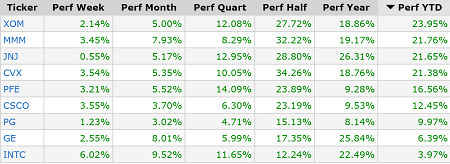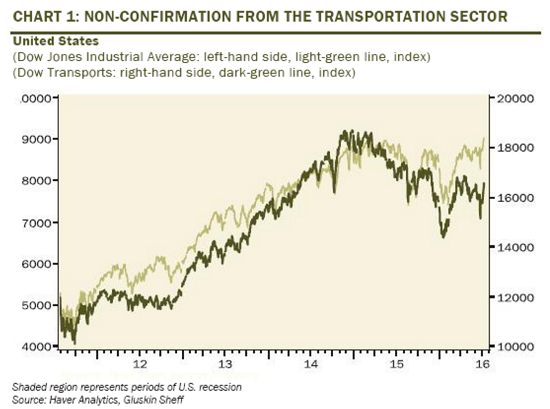What this robust market rally is sorely lacking
The post-Brexit meltup in U.S. equities continued on Thursday, but the question -- as always -- is: Can this rally last? The answer is that it depends on getting more big-cap stocks into the uptrend.
Clearly, over the last few weeks, fears about the European Union's future, U.K. property funds halting withdrawals and the ongoing corporate earnings recession have been replaced by a giddy excitement, thanks to possible Japanese "helicopter money" stimulus and a sense that nothing will stop this bull market.
The dump-and-pump reversal has been one of the greatest rebounds in market history. The Dow Jones industrials index has rallied in 10 of the last 12 sessions for a gain of roughly 1,500 points, or nearly 9 percent. And despite headwinds, such as negative seasonality and expensive stock valuations, the move looks set to continue -- despite the very narrow slice of stocks that are soaring -- on account of the ferocity of the buying demand seen in recent weeks.
Put simply, a narrow group of stocks have led the rebound higher, and that suggests caution and risk. But buyers have been so excited over these stocks that market history suggests higher prices await. It's a conundrum, I know.
Consider that out of the 30 stocks that make up the Dow Jones industrials, only nine are pushing to new highs at the moment (table below). The leading performer, on a year-to-date basis, is Exxon Mobil (XOM) which has enjoyed a 24 percent lift on hopes the worst for crude oil has passed. Another oil giant, Chevron, (CVX) is in fourth place, up 21.4 percent for the year.
The theme, if any, has been focused on more defensive names with telecoms like Verizon (VZ) -- just off its high (and not on this list) but still up 25.2 percent year-to-date. Some health care picks, like Johnson & Johnson (JNJ) and Pfizer (PFE), are also among the top performers.
General Electric (GE) shares have jumped over their late March-early April high, bringing the stock's monthly performance to a gain of 8 percent and its 12-month gain to a whopping 25.8 percent. Not bad for a conservative blue-chip stock that pays a dividend yield of nearly 3 percent.
Among tech stocks, Intel (INTC) has been boosted by word Apple (AAPL) will use its modem chips in some of its iPhone 7 models.
However, any further gains will need to be accompanied by a rebound in transportation stocks, which have badly lagged the market rally so far. That missing confirmation has many technicians who follow "Dow Theory" worried about the narrowness of the post-Brexit surge (chart below).
Transportation is closely watched because these airlines and trucking stocks are at the center of the economic supply chain, moving raw materials from suppliers to producers and goods from manufacturers to retailers and consumers.
Transports last made a new high in early 2015 and are down about 14 percent since then. Clearly, the tide isn't yet lifting all boats.
As for the chances of the market gains continuing, Jason Goepfert at SentimenTrader notes that through Tuesday, the New York Stock Exchange Up Volume Ratio had averaged more than 70 percent per day for the past two weeks. That's a level of buying intensity not seen since the initial rally out of the 2009 bear market low.
Going back to 1962, there were 14 other similar buying frenzies. On average, stocks were 11.2 percent higher six months later vs. a 4.4 percent gain for any random six-month period.
There are exceptions. Stocks dropped 4.3 percent in 1978. And they fell nearly 13 percent in 1990.
So if the bulls are going to keep the momentum going, they'll need to start bidding up transport stocks and broadening the base of support for this uptrend.


